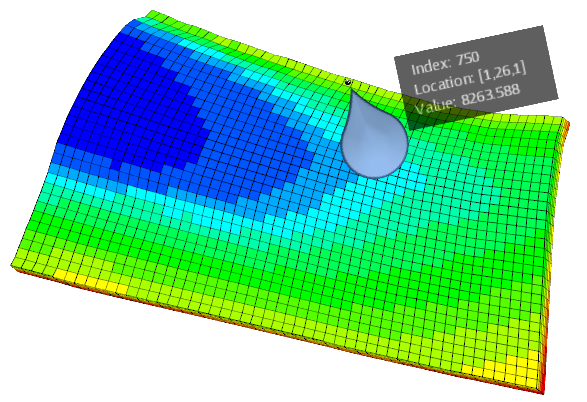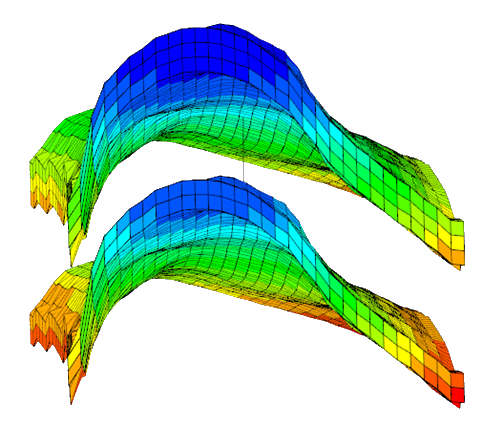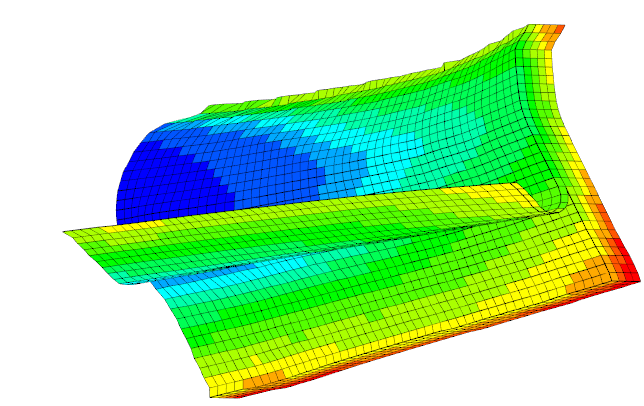Abstract:
Reservoir engineers rely on virtual representations of oil reservoirs to make crucial decisions relating, for example, to the modeling and prediction of fluid behavior, or to the
optimal locations for drilling wells. Therefore, they are in constant pursue of better virtual representations of the reservoir models, improved user awareness of their
embedded data, and more intuitive ways to explore them, all ultimately leading to more informed decision making. Tabletops have great potential in providing powerful interactive
representation to reservoir engineers, as well as enhancing the flexibility, immediacy and overall capabilities of their analysis, and consequently bringing more confidence into
the decision making process. We designed a collection of 3D reservoir visualization techniques on tabletop interfaces applied to the domain of reservoir engineering, and argue
that these provide greater insight into reservoir models. We support our claims with findings from a qualitative user study conducted with 12 reservoir
engineers, which brought us insight into our techniques, as well as a discussion on the potential of tabletop-based visualization solutions for the domain of reservoir engineering.
Researchers: Nicole Sultanum, Sowmya Somanath, Ehud Sharlin, Mario Costa Sousa
- Publications:
- N. Sultanum, S. Somanath, E. Sharlin, M. Costa Sousa, “Point it, Split it, Peel it, View it: Techniques for Interactive Reservoir Visualization on Tabletops”, Proceedings of ACM International Conference on Interactive Tabletops and Surfaces (ACM ITS '11), November 2011, Kobe, Japan.
- S. Somanath, N. Sultanum, J. Medeiros, E. Vital Brazil, S. Carpendale, E. Sharlin, C.M.D.S. Freitas, E. Mackay, M. Costa Sousa, “Interactive 3D Modeling and Visualization of Well Configurations and Trajectories in Reservoir Simulation Post-Processing”, GeoConvention 2012: Vision, Calgary, Alberta. Extended abstract and poster.




